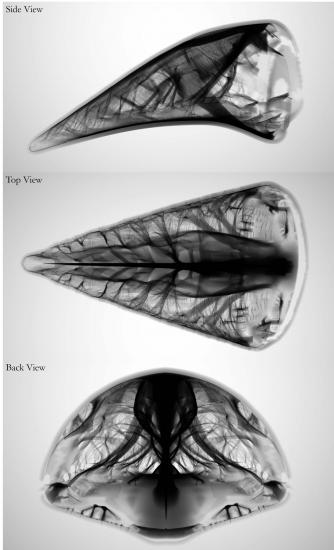Computer scientists often develop mathematical models to understand how animals move, enabling breakthroughs in designing things like microrobotic wings and artificial bone structures.
However, existing models are often not high-resolution enough to analyze structures that have especially fine features, like insect wings or animal bones.
A new approach being presented this week has been shown to be able to run systems at more than 1 billion resolution (e.g., 1000x1000x1000 grid) to automatically compute structures with very fine features.
“This sort of computation used to require a supercomputer, but with our system can now be done on a typical desktop workstation,” says MIT professor Wojciech Matusik, one of the senior authors on a related paper at SIGGRAPH Asia out of MIT CSAIL and the University of Wisconsin at Madison.
The first authors were CSAIL PhD student Yuangming Hu and UW PhD student Haixiang Liu, alongside former CSAIL postdoc Bo Zhu, Matusik and UW professor Eftychios Sifakis.

